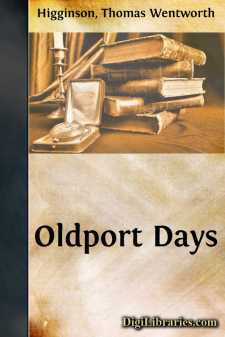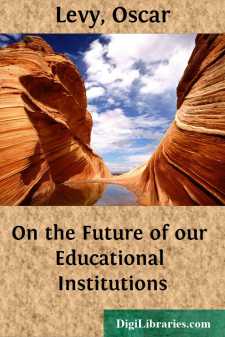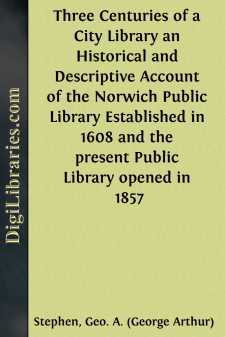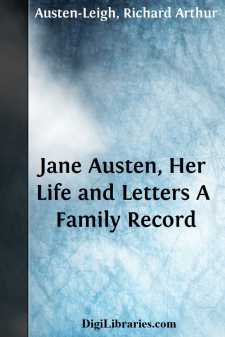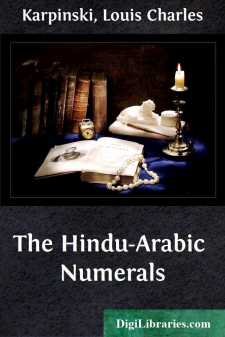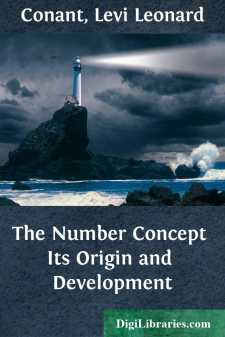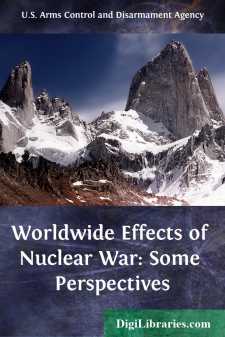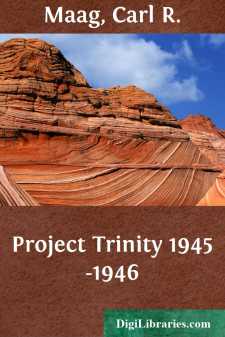Non-Classifiable
- Non-Classifiable 1768
Non-Classifiable Books
Sort by:
OLDPORT IN WINTER. Our August life rushes by, in Oldport, as if we were all shot from the mouth of a cannon, and were endeavoring to exchange visiting-cards on the way. But in September, when the great hotels are closed, and the bronze dogs that guarded the portals of the Ocean House are collected sadly in the music pavilion, nose to nose; when the last four-in-hand has departed, and a man may drive a...
more...
by:
Oscar Levy
PREFACE. (To be read before the lectures, although it in no way relates to them.) The reader from whom I expect something must possess three qualities: he must be calm and must read without haste; he must not be ever interposing his own personality and his own special "culture"; and he must not expect as the ultimate results of his study of these pages that he will be presented with a set of...
more...
by:
Louey Chisholm
CHAPTER I Siegfried was born a Prince and grew to be a hero, a hero with a heart of gold. Though he could fight, and was as strong as any lion, yet he could love too and be as gentle as a child. The father and mother of the hero-boy lived in a strong castle near the banks of the great Rhine river. Siegmund, his father, was a rich king, Sieglinde, his mother, a beautiful queen, and dearly did they love...
more...
by:
Henry Morley
INTRODUCTION. William Edward Parry, the son of a physician, was born at Bath in December, 1790. At the age of thirteen he was entered as a first-class volunteer on board the flag-ship of the Channel fleet, and after seven years’ service and careful study of his profession he obtained a commission in 1810 as lieutenant in the navy. He was then at once, aged twenty, sent to the Arctic seas, where...
more...
PREFACE. This book was prepared by instruction of the Norwich Public Library Committee, and it is now published as a souvenir of the sixtieth anniversary of the opening of the present Public Library, which will take place on March 16th, 1917. Norwich occupies a unique place in the history of libraries: it has the distinction of having established in 1608 one of the earliest provincial public...
more...
PREFACESince1870-1, when J. E. Austen Leighpublished hisMemoir of Jane Austen, considerable additions have been made to the stock of information available for her biographers. Of these fresh sources of knowledge the set of letters from Jane to Cassandra, edited by Lord Brabourne, has been by far the most important. These letters are invaluable asmémoires pour servir;although they cover only the...
more...
CHAPTER I EARLY IDEAS OF THEIR ORIGIN It has long been recognized that the common numerals used in daily life are of comparatively recent origin. The number of systems of notation employed before the Christian era was about the same as the number of written languages, and in some cases a single language had several systems. The Egyptians, for example, had three systems of writing, with a numerical...
more...
Among the barbarous tribes whose languages have been studied, even in a most cursory manner, none have ever been discovered which did not show some familiarity with the number concept. The knowledge thus indicated has often proved to be most limited; not extending beyond the numbers 1 and 2, or 1, 2, and 3. Examples of this poverty of number knowledge are found among the forest tribes of Brazil, the...
more...
FOREWORD Much research has been devoted to the effects of nuclear weapons. But studies have been concerned for the most part with those immediate consequences which would be suffered by a country that was the direct target of nuclear attack. Relatively few studies have examined the worldwide, long term effects. Realistic and responsible arms control policy calls for our knowing more about these wider...
more...
by:
Carl R. Maag
FACT SHEET Defense Nuclear AgencyPublic Affairs OfficeWashington, D C. 20305 Subject: Project TRINITY Project TRINITY, conducted by the Manhattan Engineer District (MED), was designed to test and assess the effects of a nuclear weapon. The TRINITY nuclear device was detonated on a 100-foot tower on the Alamogordo Bombing Range in south-central New Mexico at 0530 hours on 16 July 1945. The nuclear yield...
more...


